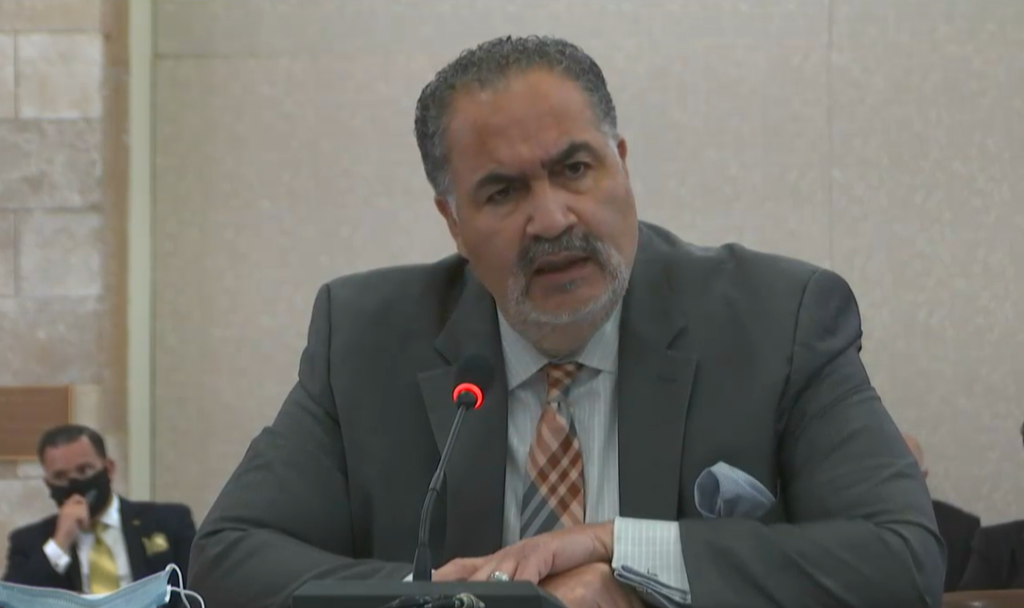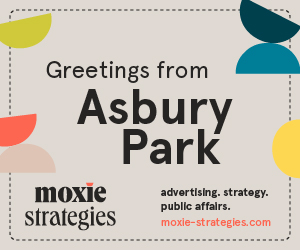Opening Schools too Early will Exacerbate Inequity

By Richard T. Smith and Marie Blistan
The science is clear: a remote start to school this September is the safest option for New Jersey’s

children. That is particularly true for children of color, who make up the majority of the students population in many of New Jersey’s most economically challenged communities, where schools are too likely to be old, under-resourced and densely crowded. Given all we know about how this dreadful virus spreads, and all we don’t yet know about how children might spread it or be affected by it themselves, it would be irresponsible to the point of being immoral to subject any New Jersey child to the undeniable danger of in-person instruction this fall.
We have already seen elsewhere what has happened where schools have tried to reopen too quickly. In state after state, community after community, schools have been forced to close as the virus found its way inside the doors of the school, carried unknowingly by students and staff and subjecting everyone who came into their vicinity to the risk of contracting a deadly disease.
That risk is magnified for children of color. We have watched in horror as this disease has disproportionately ravaged communities of color. Because Gov. Murphy wisely acted quickly in March to close schools, our children have so far fared better than their parents and grandparents. But faring better does not mean they have been untouched.
Dr. Monika Goyal, lead author of a study titled “Racial/Ethnic and Socioeconomic Disparities of SARS-CoV-2 Infection Among Children” and a pediatric emergency medicine specialist at Children’s National Hospital was unequivocal in an interview with NPR, saying “Our data, along with some of the other recent data that are emerging, absolutely show that children are indeed at risk for infection.”
That same NPR report noted that in at least one location that tested large numbers of children, “Black children were more than four times as likely as white children to test positive for the virus, and Hispanic children were more than six times as likely as white children to test positive.” According to another NPR report, “Hispanic and Black children in particular were much more likely to require hospitalization for COVID-19 with Hispanic children about eight times as likely as white children to be hospitalized, while Black children were five times as likely.”
Dr. Goyal concluded, “This study wasn’t designed to assess the impact of policies regarding school reopening, but we hope that policymakers who are going to be making those decisions do take our data into account.”
We do, too. But we are doing more than hoping. We are calling on every district in New Jersey to reopen remotely in September, for the sake of all our children.
We did not come to this conclusion easily. We know that children will not learn as effectively if they are not together in person, learning alongside their peers under the guidance of New Jersey’s dedicated and talented educators. In-person instruction is far superior to what can be achieved remotely. We fear that the consequences of a remote start to the school year will be more severe for students who rely the most on school not just for their education but for nutrition, therapeutic services and other critical supports that help level the playing field.
We cannot ignore those equity issues and let any of our children fall further behind as a result of this awful pandemic. But the way to address them is not to force students into dangerous, under-resourced and unprepared schools while this pandemic rages on. Instead, we should be using the precious time left to us this summer – time that is rapidly running out – to make plans to deliver the services and resources our most vulnerable students and their families need even while schools operate remotely. That includes providing things like meals available for pickup or home delivery, digital devices and internet access where they are missing, individual services and therapy in the safest possible setting and community-based childcare for families who rely on that in order for adults to be able to work. None of that, though, requires us to bring the majority of children into building for the majority of their learning. On the contrary, all of those critical objectives can be accomplished more safely if we decouple them from in-person instruction.
If we do not do that, we threaten to create a much greater inequity: families with greater advantages and fewer needs will be able to take advantage of the opportunity already offered to opt for the safer fully remote option. Families who lack those advantages and resources may feel that their only option to get their children those traditionally school-based resources is to take the risk of sending them into unsafe buildings with hundreds or thousands of their peers. That is not a choice any family should have to make.
We cannot wait until it is safe for students to be back in schools. New Jersey appears to be closer to being able to do that than other states because of our thoughtful and consistent efforts to keep residents safe and slow the spread of this disease. But we could lose all of that hard-won progress and threaten the health of more than 1.5 million public school students and staff – along with the communities where they live – if we rush the in-person reopening of schools.
This is an issue that affects every New Jersey resident. If we do the wrong thing, even for the right reasons, we will pay the price. And our most vulnerable students may pay the highest price of all.
Richard T. Smith is president of the NAACP New Jersey State Conference. Marie Blistan is president of the New Jersey Education Association.










Leave a Reply